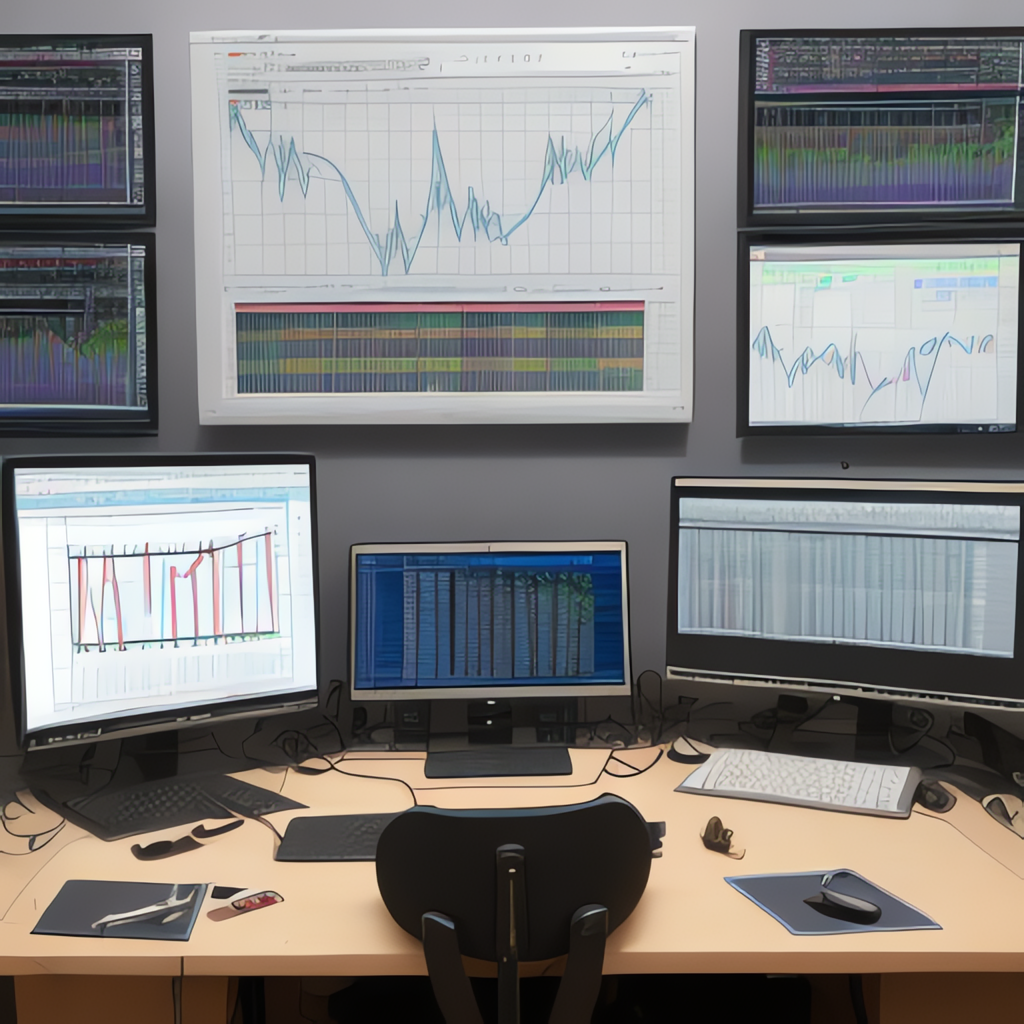Visual Data Mastery: An Insightful Dive into 15 Types of Charts and Their Applications
Data visualization is a fundamental tool in understanding and interpreting complex information, making raw data more accessible and comprehensible to both experts and non-experts. Whether you’re an analyst, marketer, researcher, or a data enthusiast, mastering the different types of charts can significantly enhance your ability to communicate insights effectively. In this article, we’ll explore a total of 15 types of charts and their respective applications, helping to deepen your understanding of how to leverage data visualization for impactful communication.
### 1. **Bar Chart**
Bar charts are excellent for comparing quantities across different categories. They are particularly useful for displaying discrete data, making it easy to spot trends and differences in magnitude.
### 2. **Line Chart**
Line charts illustrate trends over time and are great for showing continuous data, making them ideal for spotting patterns, cycles, and trends.
### 3. **Pie Chart**
Pie charts are best for showing proportions of a whole. They are particularly useful when you want to compare parts of a total, and the whole can be divided into a maximum of five to seven components to maintain clarity and readability.
### 4. **Scatter Plot**
Scatter plots are used to reveal any correlation between two variables. They are particularly useful in science and economics for identifying relationships between data points.
### 5. **Histogram**
Histograms are similar to bar charts but are used to represent continuous data, grouped into intervals. They help in visualizing the distribution of a single variable.
### 6. **Area Chart**
An area chart is a line chart with the area below the line filled with color or shading. It is useful for emphasizing magnitude over time or comparing proportions of various categories.
### 7. **Stacked Bar Chart**
Stacked bar charts compare the total across categories with the relative contribution of each subcategory. They are useful for comparing multiple data series in one visualization, making it easier to see proportions and totals simultaneously.
### 8. **Heat Map**
Heat maps use color to represent values in a matrix, making it easy to compare large volumes of data. They are particularly useful in visualizing complex data sets, such as geographical data or correlation coefficients.
### 9. **Bubble Chart**
Bubble charts extend scatter plots by adding a third dimension (usually the size of a bubble) to represent another variable. They are particularly useful when you want to compare three dimensions of data.
### 10. **Treemap**
Treemaps are designed to display hierarchical data, using nested rectangles to represent the proportion of each branch of the hierarchy to the whole. They are effective for visualizing large sets of data with multiple categories.
### 11. **Box Plot**
Box plots are used to display a five-number summary of a set of data, including the minimum, first quartile, median, third quartile, and maximum. They are particularly useful for showing statistical measures and detecting outliers.
### 12. **Waterfall Chart**
Waterfall charts are used to illustrate the cumulative effect of sequentially introduced positive or negative values. They are particularly useful in financial analysis, such as understanding changes in profits and losses over periods.
### 13. **Pareto Chart**
A Pareto chart presents a sorted bar chart combined with a line chart, typically following the Pareto principle (80/20 rule). It is used to highlight the most significant factors contributing to a given outcome.
### 14. **Sankey Diagram**
Sankey diagrams are used to show flows, where the width of the arrows is proportional to the flow rate. They are useful for visualizing complex systems, such as energy, data flow, or material transfer.
### 15. **Candlestick Chart**
Candlestick charts are widely used in financial markets to show the open, high, low, and close prices for a particular trading period. They are particularly useful for providing clear and concise insights into price movements and volatility.
Each of these visualization tools has unique strengths and best practices for usage, which is why understanding their specific applications is crucial. By mastering various types of charts, you’ll be better equipped to choose the right tool based on the data and insights you wish to communicate, ultimately enhancing the clarity and impact of your data presentations.
